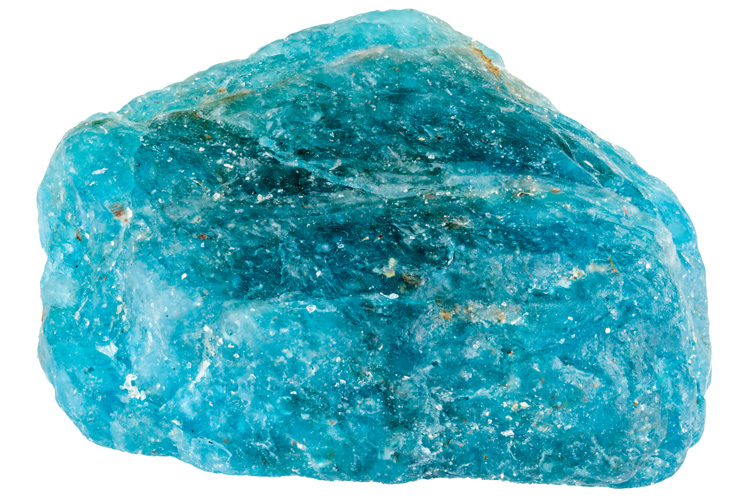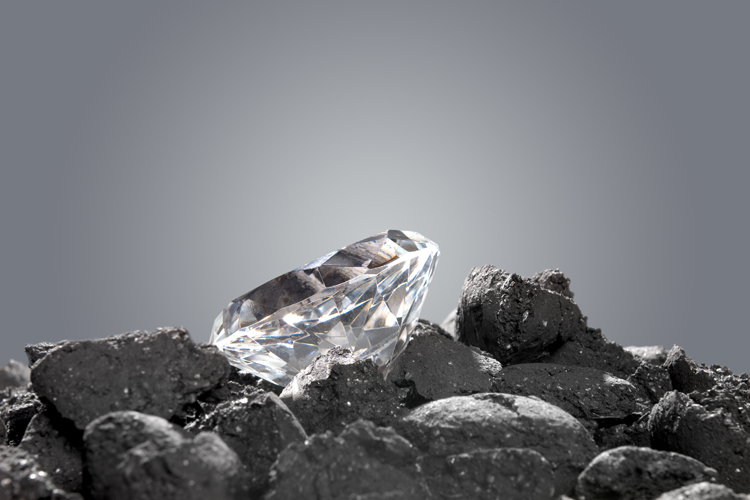Apatite is the name of a series of phosphate minerals, namely fluorapatite, hydroxyapatite, and the relatively rare chlorapatite.
Fluorapatite is the world’s primary source of phosphorus, while carbonate hydroxyapatite is the principal component of human bones and teeth.
The name apatite derives from the Greek word apate, meaning deceit, alluding to the fact that this vibrant and lively gemstone can be easily confused with other minerals, such as amethyst, precious beryl, zircon, brazilianite, topaz, or tourmaline.
Apatite is rather brittle and seldom faceted as a gemstone, but crystals with excellent clarity and vibrant colors are popular among collectors. Its purity of color is hard to find in other minerals.
If it weren’t for its softness, apatite’s diversity and intense coloration would make it a highly valued gemstone.
Gem-quality apatite is transparent to opaque with bright, pure, and intense colors, ranging from colorless to blue, green, yellow, violet, or soft pink.
Blue and blue-green are the most popular hues, such as the highly dichroic blue apatite from Myanmar or the neon blue-green apatite from Madagascar.
Spanish apatite is called “asparagus stone” because of its yellow-green tonality.
Some stones are heat treated to improve color and remove inclusions. Synthetic apatite is also known.
Locations like Brazil, Canada, Mexico, Myanmar, Madagascar, USA (California), Mozambique, Russia, Sri Lanka, Norway, South Africa, and Namibia are sources of apatite.
Although this abundant mineral occurs in many types of rock, most gem-quality material is associated with pegmatites.
The value of apatite is defined by its clarity, cut, and high natural color saturation.
Natural colors are more highly-priced than heat-treated stones, and larger sizes are also more valuable because of their rarity.
At the Mohs scale, apatite is the defining mineral for a hardness of 5 and comes in various shapes. Fibrous apatite is cut en cabochon to display a unique cat’s-eye effect.
Apatite is also believed to stimulate focus, intellect, concentration, clear thinking, and communication and is often used in meditation.
It is also considered to be a stone of artists because it aids imagination and creativity and is used as a tool to increase psychic and intuitive awareness.
Apatite | Physical Properties
Chemical Composition: Ca5(PO4)3 (F,Cl,OH)
Cleavage: Indistinct
Color: White to Yellow-Gray, Green, Blue, Violet, Purple, Colorless, Rose
Crystal System: Hexagonal or Monoclinic
Fracture: Conchoidal, Brittle
Luster: Vitreous, Waxy
Mohs Hardness: 5
Specific Gravity: 3.1-3.2
Transparency: Transparent to Translucent




